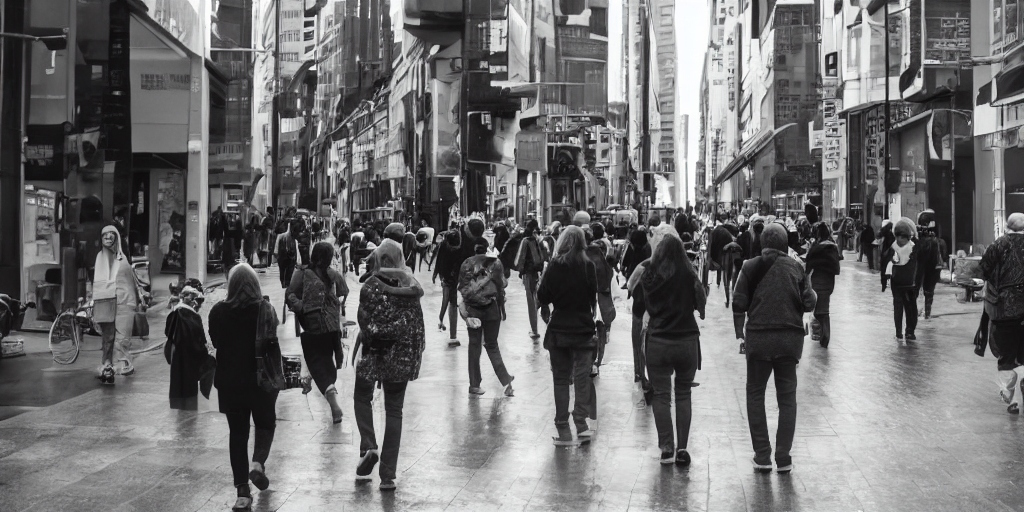
How Remote Work Is Reshaping Urban Cores
The recent passage of a bill by the House of Representatives, calling for federal agencies to relinquish office space with less than 60 percent occupancy, may seem like a logical move to streamline government resources. However, it's actually a manifestation of the ongoing telework debate within the federal sector. The bill's one-size-fits-all approach fails to account for the evolving telework landscape and risks unintended consequences. A February 2024 report by the National Capital Planning Commission and the Metropolitan Washington Council of Governments sheds light on the potential of telework to transform urban living and sustainability. The report explores various telework adoption scenarios, highlighting the maximum telework model as a catalyst for socio-economic shifts. By reducing the need for proximity to federal offices, maximum telework could alleviate D.C.'s housing affordability crisis and promote urban decentralization.
This shift presents opportunities to repurpose commercial real estate into affordable housing, community centres, and green spaces, enhancing urban livability and resilience. While challenges such as urban vitality and public transportation viability exist, they offer opportunities for innovative urban planning. The narrative that urban vibrancy hinges solely on office-bound work is outdated. A flexible work model could invigorate cities with diverse, multi-use spaces catering to various needs throughout the day. Moreover, maximum telework aligns with environmental sustainability goals by reducing carbon emissions and promoting cleaner air.In contrast, reverting to a predominantly in-office model would likely exacerbate housing affordability issues, disproportionately affecting marginalized communities. House Republicans' push to minimize telework could further inflate housing prices in D.C., burdening Mayor Muriel Bowser and exacerbating existing disparities.
To leverage telework as a strategic lever for positive urban transformation, policymakers and urban planners must embrace bold action and innovative thinking. The maximum telework scenario offers a blueprint for a more equitable, sustainable, and vibrant D.C., emphasizing the need for long-term telework policies that prioritize socio-economic equity and environmental sustainability.
Read more at The Hill